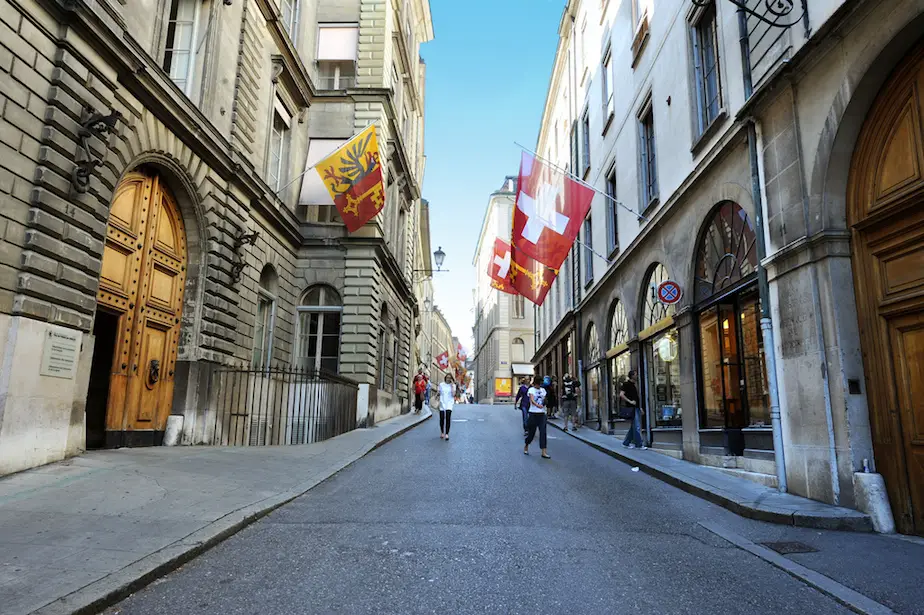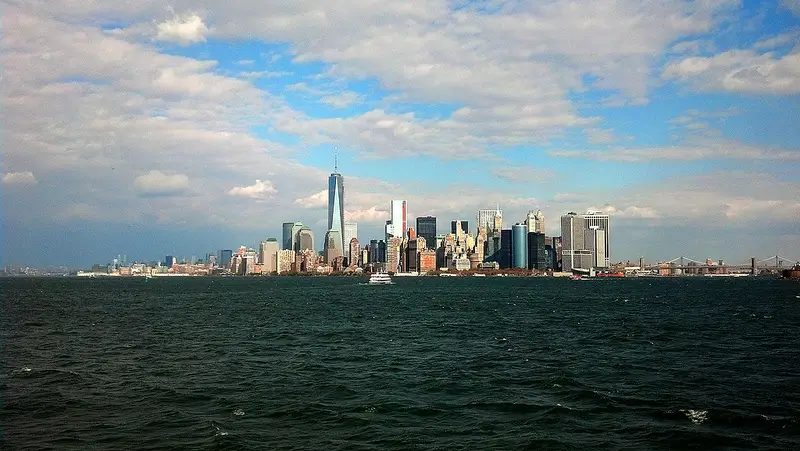Actor Jeremy Irons is standing on a beach, next to the ancient Lebanese city of Sidon. Above him stands a mountain of trash – an eyesore teeming with medical waste, domestic waste, dead animals and toxic liquids: the result of 30 years of consumption of a small town. As soon as new daily truckloads of garbage are dumped on the top of the mountain, the other side of the debris falls into the Mediterranean.
Surrounded by an expanse of plastic bottles, a dejected Jeremy Irons looks at the horizon and whispers … ” scary.”
The documentary film TRASHED by Blenheim Films, produced and directed by British director Candida Brady, was shown for the first time in 2012 and has been screened in over 40 countries and 46 film festivals. Starring Irons, the film aims to find out the extent and effects of the problem of waste in different polluted locations across the globe.
TRASHED is a meticulous, courageous investigative journey that leads Irons (and us) from skepticism to pain and horror to hope.
The beauty of our planet from space creates a sharp contrast with the scenes of debris all over the world. Vast landscapes in China are now covered by tons of garbage. The wide waters of the Ciliwung river in Indonesia are now barely visible beneath a never-ending tide of plastic. Every year we throw away 58 billion disposable cups and plastic bags, 200 billion liters of bottled water , billions of tonnes of household waste , toxic waste and electronic waste.

We buy, bury, burn, and then ignore the whole thing. Is there anyone who cares about what happens to the waste we produce? We have all heard these horrible stories before but with Irons as our guide, we discover what happens to those billions of tons of waste that are released into the environment each year.
On a boat in the North Pacific, Irons faces the reality of the Great Pacific Garbage Patch and the effect of plastic waste on marine life. Dioxins of chloride and other organic pollutants are attracted to artificial plastic fragments. These are in turn eaten by fish that absorb the toxins. We then eat the fish, accumulating toxic chemicals in our bodies.
Alongside this development, the melting of the polar ice caps is releasing old toxins that were once stored in ice into the sea, further accelerating the toxicity of the ocean.
“We’ve make this movie, because there are so many people who feel strongly the urgent need for the problem of ‘waste’ and ‘sustainability’ to be addressed,” says Irons. “There is an equally urgent need for the most imaginative and productive solutions to this troublesome subject to be understood and shared by as many communities as possible throughout the world. This is where movies can play such an important role, educating society, bringing ‘difficult’ subjects to the broadest possible audience. Potentially movies have the power to reach everyone, touch us on an emotional level and to galvanise us.”
Candida Brady spent over two years researching and writing TRASHED, but in reality has been focused on the problems of waste and the environment for most of her life. “As a lifelong asthmatic I have always been interested in the effects of pollution. But it was meeting an environmental doctor (who saved my life) that opened my eyes to the direct effects the environment has on of our health,“ explains Brady. “When I was young I was the only kid with an inhaler—these days it’s fast becoming the opposite.”
In TRASHED, Jeremy Irons faces the worst of the situation, but turns to hope. He goes in search of solutions. From individuals who have changed their lives to produce almost no waste to legislation that enabled an entire city to become virtually waste-free, Irons finds that change is essential. But he also finds that some change is underway.


